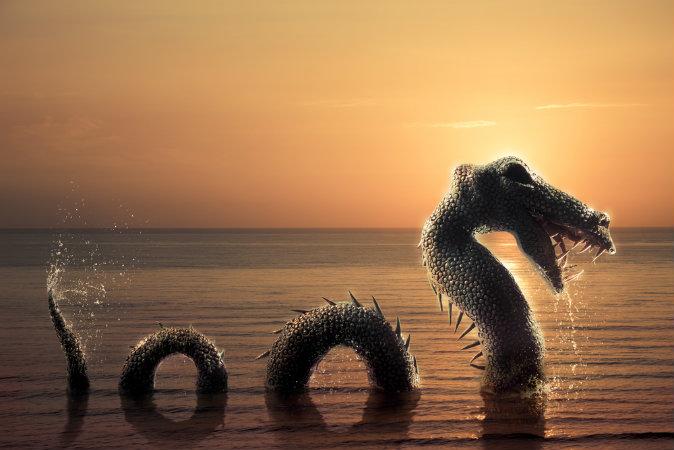Reports of the Loch Ness monster stretch back to the 6th century, but in recent years, there has been an upsurge in sightings of the alleged legendary beast.
In 1934, the famous “surgeon’s photograph” was published, fueling even more speculation about what the Scottish monster, dubbed “Nessie,” actually is.





